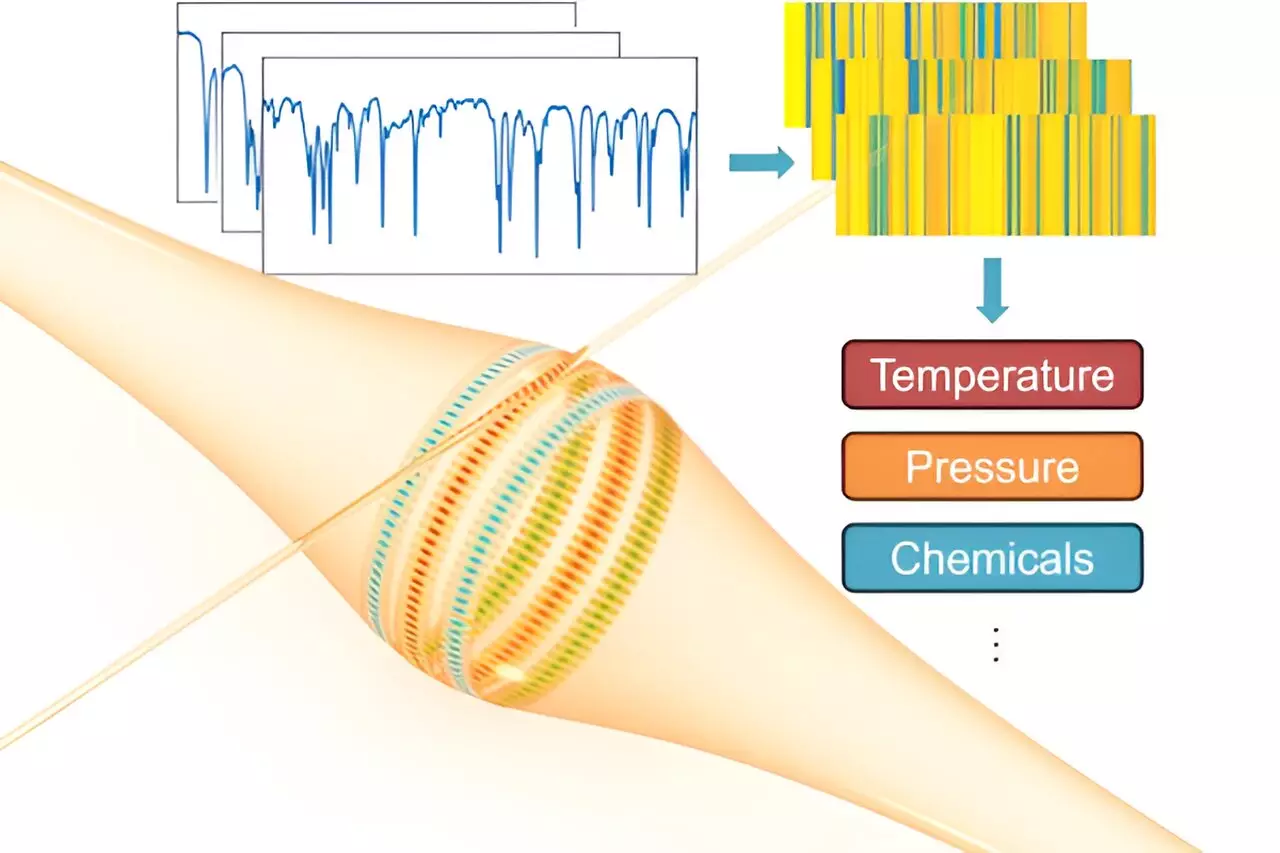The advancement of technology in the field of high-resolution optical sensors has paved the way for innovative approaches in detecting chemical signatures, DNA strands, and single molecules. One of the key components in these sensors is whispering-gallery-mode (WGM) resonators, which have been utilized for various sensing applications for decades. The unique geometric properties of WGM resonators allow them to confine and concentrate light in a circular path, enabling the detection and quantification of physical and biochemical characteristics.
Despite their significant contributions to the field of sensing, WGM resonators have been plagued by limitations such as narrow dynamic range, limited resolution, and accuracy. These constraints have hindered the broader use of WGM resonators in various applications, especially in scenarios where multiple measurements or diverse wavelengths are required.
In a recent study published in the journal IEEE Transactions on Instrumentation and Measurement, researchers Lan Yang and Jie Liao from the Preston M. Green Department of Electrical & Systems Engineering at Washington University in St. Louis have introduced a groundbreaking approach to address these limitations. Their technique involves the use of optical WGM barcodes for multimode sensing, allowing for the simultaneous monitoring of multiple resonant modes within a single WGM resonator.
The innovative approach by Yang and Liao provides a means to capture distinctive responses from each resonant mode, significantly expanding the range of measurements achievable with WGM resonators. By incorporating multimode sensing, researchers can detect multiple resonance changes in wavelength, thereby enhancing the resolution, accuracy, and overall sensing capabilities of the system.
Commercial Applications and Potential Benefits
The implications of multimode WGM sensing extend beyond the realm of theoretical research, offering promising commercial applications in biomedical, chemical, and environmental fields. In biomedical applications, the enhanced sensitivity of multimode sensing can aid in detecting subtle changes in molecular interactions to improve disease diagnosis and drug discovery. In environmental monitoring, the ability to detect minute changes in parameters like temperature and pressure can facilitate early warning systems for natural disasters and pollution monitoring in air and water.
Moreover, the new technology enables continuous monitoring of chemical reactions, opening doors for real-time analysis and control of chemical processes in industries such as pharmaceuticals, materials science, and the food industry. The ultrahigh sensitivity of WGM resonators allows for the detection of single particles and ions, providing valuable insights into complex chemical reactions.
The introduction of multimode WGM sensing resonators represents a significant leap forward in the field of high-resolution optical sensors. The ability to simultaneously monitor multiple resonant modes within a single resonator offers unparalleled advantages in terms of sensitivity, resolution, and measurement range. The commercial applications of this technology are vast, ranging from biomedical diagnostics to environmental monitoring, showcasing the immense potential of multimode sensing in various industries.


Leave a Reply